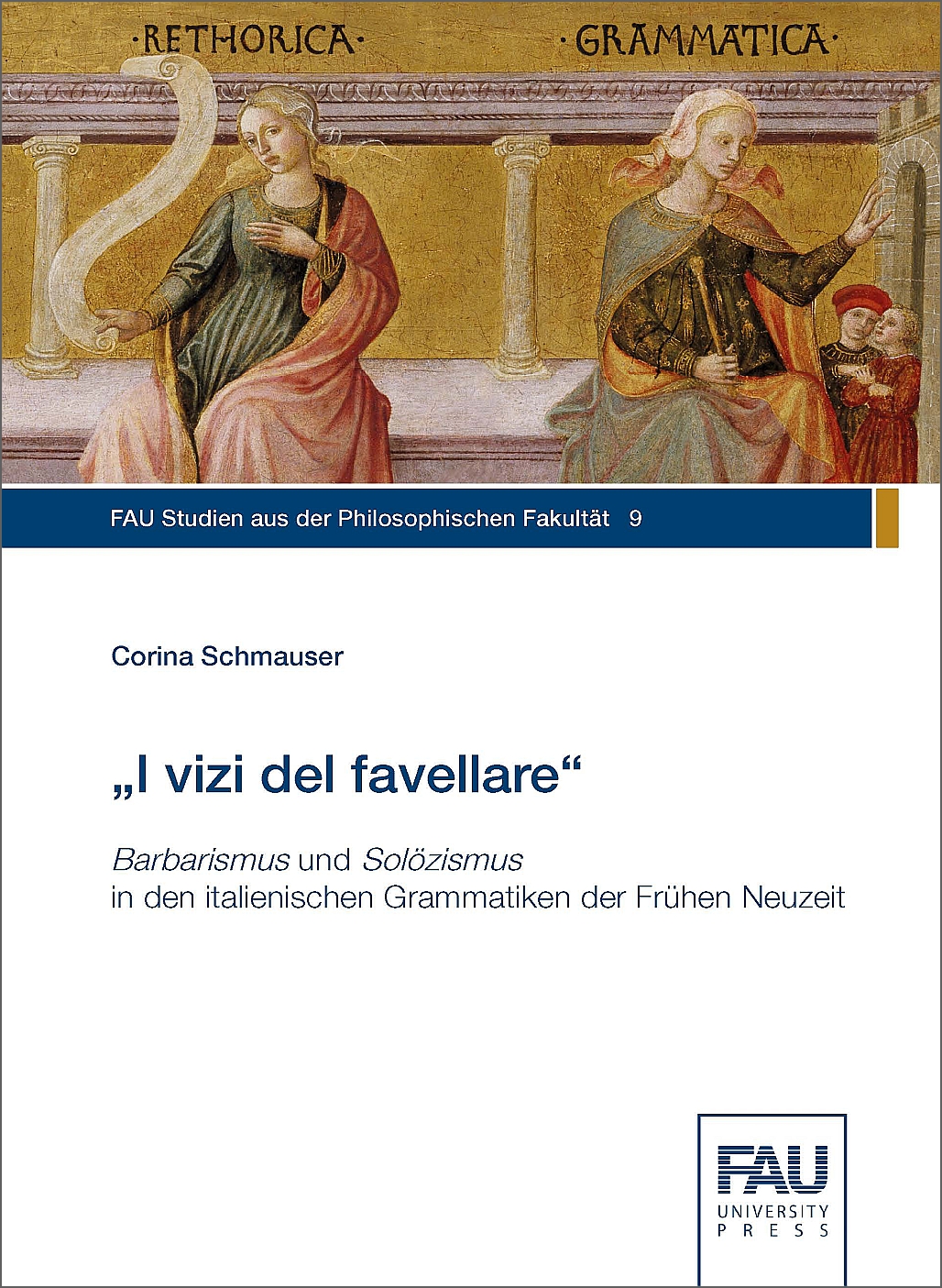Description
Based on the ancient doctrine of vices (vitia) which, referring to linguistic-grammatical deviations, makes a distinction between a barbarism as violation in singular words (tones, syllables, spelling) and a solecism as violation in combinations of words (parts of speech, syntax), the progress of this typology is, against the background of humanistic heritage, examined in 30 vernacular grammars of Italy of Early Modern Age. In doing so, the trace of a tradition of linguistic deviations, existing parallelly to the literary norm − the language use of 14th century exemplary authors − propagated in the grammars from 16th to 19th century, is followed. On one hand, the grammars are analyzed for literal records of the terms barbarismo and solecismo, their meanings and contexts of use, and on the other hand for paraphrases and different expressions for the concept of “linguistic vice” as well as for the concrete linguistic phenomena which count for deviations. The grammarians‘ metalanguage, that is, the way of how they classify, judge or even denunciate the different deviations, not only enables detection of recurrent phrasing and representation patterns, but also is the key to linguistic variation: It points to a broad spectrum of linguistic forms of different diasystematic origin which delivers insight into the (daily, social-class-specific, familiar) use of language of the Early Modern Age beyond the literary ideal.


Reviews
There are no reviews yet.